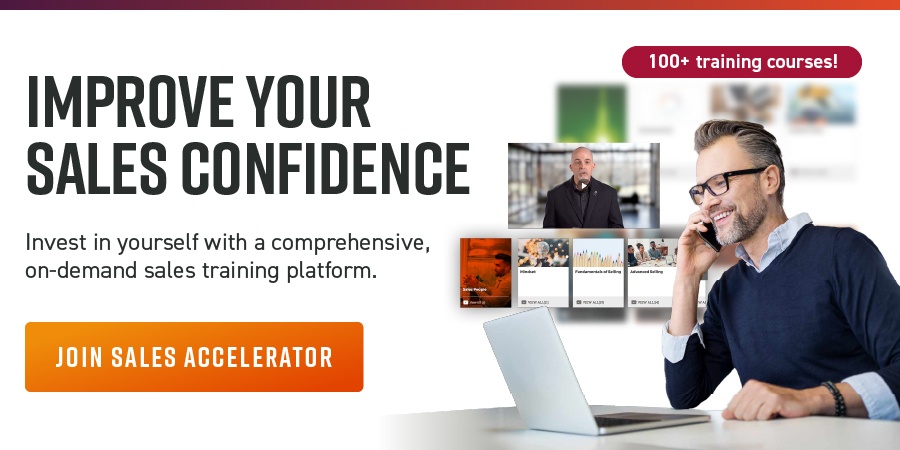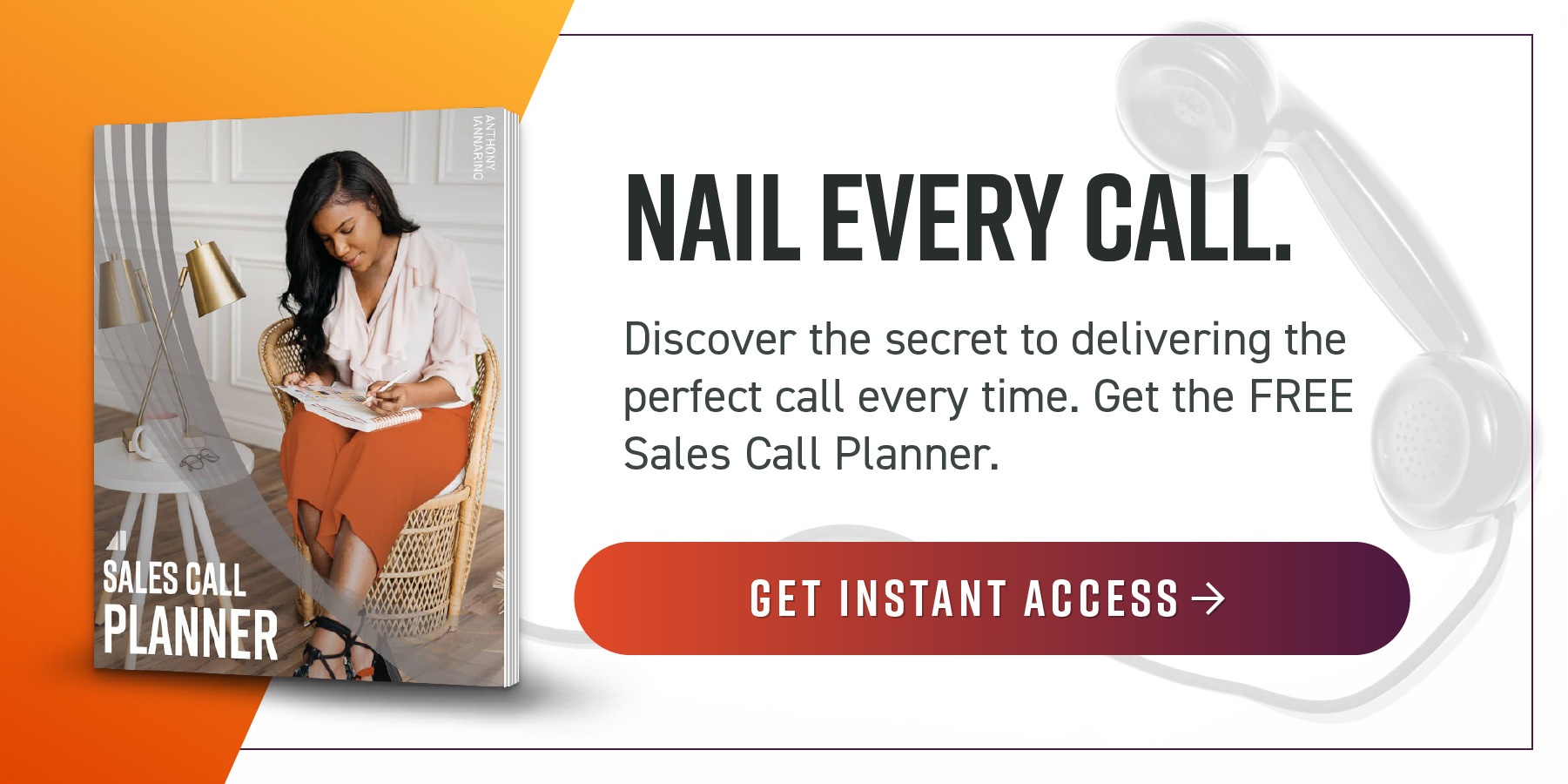Draw a perfect circle, $3,000 is on the line. Now would you rather attempt that freehand, or with a template? Easy answer, hand over the template.
Well, sales goals templates aren’t just for drawing—you can use one to build your best sales strategy, too.
Working from a sales goals template isn’t the same as creating something generic. You’ll still have the freedom to put your team’s unique spin on things to ensure the strategy works for your organization and your goals. All the sales strategy template does is give you a framework: A starting point to build your own sales process.
I’d like to share my ultimate sales strategy template with you. Armed with the information in this post, you should have all the tools you need to create a foolproof sales strategy.
The Benefits of Using a Great Sales Strategy Template
When you have access to a solid sales strategy template, you have the ability to set your sales team up for success. How so? Let’s take a look at some of the benefits your team will enjoy when you implement a strategy based on the template we’ll share here:
- Higher close rates
- Better alignment organization-wide
- Stronger sales performance
- Greater job satisfaction
- Salespeople with an empowered mindset
RELATED READ: This B2B Sales Strategy Generated Massive Revenue in 2021
There are two main strategies a sales organization can pursue, and there are a number of ways to deliver value to clients within these major strategies.
The first strategy is “transactional.” There are some who believe that no B2B sales organization should pursue a transactional strategy, but when the buyer can easily make a decision without any real fear of failing or experiencing negative results, calling and asking your client for their orders is often an excellent strategy.
The second major strategy is “consultative.” In a consultative sale, buyers need more help making a good decision, largely because they don’t buy something often enough to have the experience, as well as the strategic importance of the decision, which comes with serious negative outcomes should they fail.
Underneath these two major strategies, there are three more that are strategies to deliver value. The first strategy is to be the “low price” provider. This strategy isn’t about giving discounts, as the lower price is the strategy. By removing the price as an obstacle, you acquire the segment of companies that want or need a low price.
The second strategy is “best product,” a strategy built on providing the very best product. Even though you may have a great product, this strategy means your company is always innovating and improving what you sell. The strategy here is one where the product is so desirable that companies buy it. The strategy is to have the best in class at all times.
The third strategy is the most consultative, and it is called “customer intimacy,” a strategy where you help your clients solve their problems and customize solutions to ensure the client is successful at pursuing their goals and outcomes.

1. Establish Goals
Your first step will be to establish your goals. You’ll start by referencing the revenue growth goals and other goals of the organization as a whole. The important thing to recognize here is that your strategy is limited by your company’s strategy.
If your company sells something that is transactional, you don’t need a customer intimacy strategy. This is especially true if your company is intentionally trying to take price out of the decision. It’s also true that your consultative, customer intimacy strategy is not going to allow you to win by taking money out of the client’s solution. Strategy is in large part what you cannot, or will not, do.
In addition to these larger goals, you’ll also want to start out by setting team goals with measurable benchmarks and KPIs so you can keep track of your successes.

2. Examine Customer Data
The next step in your strategy is to dive into the data. Gather customer insights to help you craft compelling sales messaging. Most of the time sales organizations ask salespeople to identify customer data that isn’t helpful when it comes to aligning with their strategy. Much of the data you need to drive your strategy is going to be the external data that explains the problems your prospective clients are experiencing–or soon will be. No matter what your strategy choice might be, you need to be able to answer the question, “Why should I change now?”
Use call recording and a CRM to compile customer data for easy review. The information about each prospective client you believe your team should pursue needs to be in a CRM, ideally in fields that allow the salesperson to access a pull-down list that prevents them from having to spend time on data entry. The prevalence of call recording means that you can access conversations, mining them for insights that will allow your team to better understand how best to have effective conversations with their prospects.

3. Establish Hiring & Training Processes
The right people will make your team strong. That’s why step three of your ultimate sales strategy is establishing comprehensive hiring criteria to ensure you’re bringing on the right people.
The first and most important thing you need to do is to hire people who match the competencies you need. You want to start with the character traits and skills they’ll need to execute your strategy. A salesperson that is going to be required to call and ask for orders isn’t going to need to have the same business acumen as one who is selling something complex, a strategy that will require the person to be able to create greater value through their advice and recommendations.
When it comes to the training pieces of the puzzle, heed this word of caution: Don’t just train new staff, instead, train your entire team. One major mistake sales leaders unknowingly make is not recognizing that their team isn’t trained properly and is unable to execute their chosen strategy. Improving your team’s effectiveness means providing them with training in the areas that are critical to executing the strategy. You should not treat training as if it is something only new reps need when the real outcome is effectiveness.
RELATED READ: The True Outcome of Sales Training is Valuable Competency Transfer
Our platform, the Sales Accelerator, is built on the idea that salespeople need help improving certain character traits and skills, with the main outcome being something we call “competency transfer,” or the ability to execute your strategy.

4. Establish Your Core Differentiator
How are you going to stand out from the competition? This unique positioning should be a part of your sales strategy. From the very start, you will find your competitors treat your consultative sale as if it is transactional, offering a lower price. It’s important that your strategy differentiates you by explaining what you do differently, why you do it that way, and how it serves your client. The two core differentiators are your team’s effectiveness when it comes to their sales approach and how your delivery model is better for the client.
You want to ensure your team has good and effective talk tracks, ensuring the client understands your differentiation and how it benefits them. You also want your team to be able to address any of the client’s concerns, especially the ones the client poses as an objection. Talk tracks provide both competence and confidence.
Related Read: How To Successfully Differentiate Yourself in Sales

5. Identify Your Target Market
Step five is to identify your target market. Collaborate and align with your marketing team. Your marketing team can help you to dial in your total addressable market, buyer personas, and if they are super progressive, provide content to support your strategy, especially if they provide your team with the answer key to the client’s question, “why should I change now?”
Understanding your position in the marketplace is essential to setting your sales strategy. Your marketing team can also help your team understand where you fit in the market and how they can recognize your competitor’s strategies and how to combat them.

6. Optimize Qualification Processes
What makes a lead qualified? You don’t want to waste time with companies that can’t or won’t buy what you sell. But at the same time, you don’t want your team to step over opportunities. We recommend investing in a first meeting, even if the prospective client is just doing the preliminary work. Many early meetings mature into opportunities over time, but if the company isn’t a match for your strategy, you can let it go.
Don’t allow your team to use the qualifying questions that clients find revolting. No one finds questions like, “Are you the person who can make this decision?” Or, “have you already established a budget?” The prospect that is just starting to pursue change isn’t going to be able to say yes to these questions.

7. Establish Reporting Processes
Without data, you’ll never know if your strategy was truly successful. Your strategy is only successful if it produces the results your company needs. When your consultative, customer intimacy approach works, you will have evidence that your strategy allows your team to capture the higher price you need to deliver greater value. If your transactional strategy results in an increase in sales, you have evidence your strategy is delivering for you.
Utilize your CRM here and ensure your strategy involves tracking processes for key metrics.
Sales Strategy Template: What Comes Next
After you’ve established your answers to each of the above steps, you’ll have all the information and tools you need to layout an incredible sales strategy. Ensure that you’re communicating with other stakeholders in your organization to align your sales strategy template to the strategy of the organization as a whole.
No sales strategic planning template would be complete without a slot for planned sales training efforts. Have you scheduled your latest sales training? If you want to improve your team’s effectiveness, Sales Accelerator provides over 100 hours of content in bite-sized segments that will speed your team’s growth in as little as 30 minutes a week.















